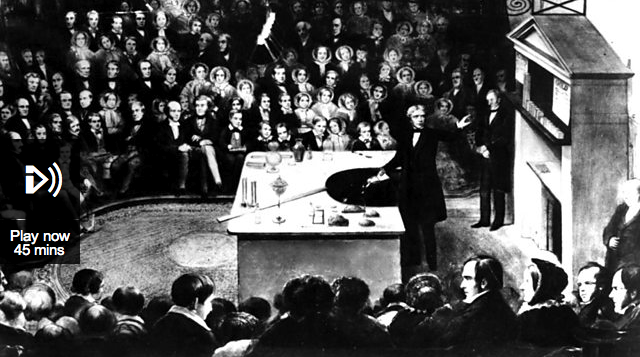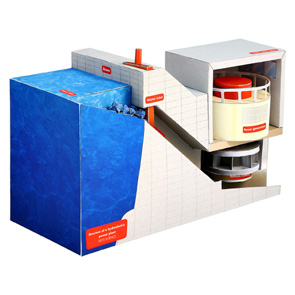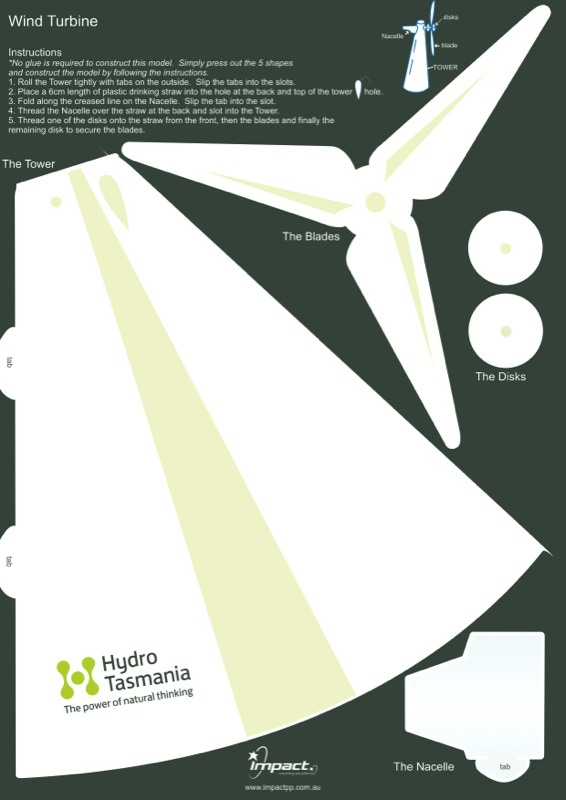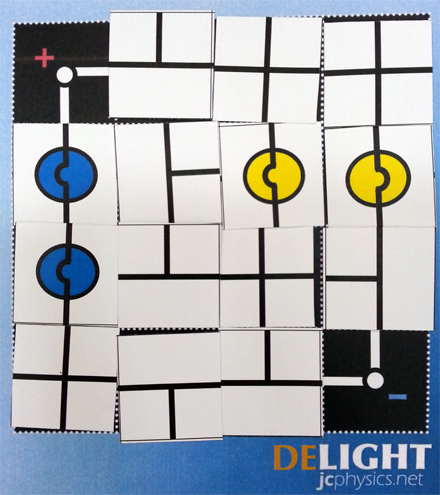Physics Resources
Copyright on all materials on this site is retained by the authors. You are granted a limited license to reproduce these resources for classroom use, provided the copyright notices are not removed. Charging a fee for these resources, or distributing them in any way outside your classroom, is prohibited.
Static Electricity
In Our Time: Electrickery
In Our Time is a wonderful series on BBC Radio 4.
Melvyn Bragg and guests discuss the dawn of the age of electricity. In Gulliver's Travels, published in 1726, Jonathan Swift satirised natural philosophers as trying to extract sunbeams from cucumbers. Perhaps he would have been surprised, or even horrified, by the sheer force of what these seemingly obscure experimentalists were about to unleash on society. Electricity soon reached into all areas of 18th century life, as Royal Society Fellows vied with showmen and charlatans to reveal its wonders to the world. It was, claimed one commentator, ‘an entertainment for Angels rather than for Men’. Electricity also posed deep questions about the nature of life. For some it was the divine spark that animated all things, for others it represented a dangerous materialism that reduced humans to mere machines.
But how did electricity develop in the 18th and 19th centuries? Why was it so politically contentious and how was it understood during the age in which it changed the world forever?
Melvyn Bragg and guests discuss the dawn of the age of electricity. In Gulliver's Travels, published in 1726, Jonathan Swift satirised natural philosophers as trying to extract sunbeams from cucumbers. Perhaps he would have been surprised, or even horrified, by the sheer force of what these seemingly obscure experimentalists were about to unleash on society. Electricity soon reached into all areas of 18th century life, as Royal Society Fellows vied with showmen and charlatans to reveal its wonders to the world. It was, claimed one commentator, ‘an entertainment for Angels rather than for Men’. Electricity also posed deep questions about the nature of life. For some it was the divine spark that animated all things, for others it represented a dangerous materialism that reduced humans to mere machines.
But how did electricity develop in the 18th and 19th centuries? Why was it so politically contentious and how was it understood during the age in which it changed the world forever?
Electrical Energy Production
Hydroelectric Power Plant Model
Paper modelling is big in Japan, and Canon has many free paper models that can be printed on card stock and easily assembled with scissors and glue.
Hydroelectric power generation is a power generation system in which the gravitational force of falling water reserved by a dam revolves the hydraulic turbine in the generator. Flowing water has potential energy, kinetic energy and pressure energy, and these energies of flowing water is called hydraulic power. Hydroelectric power generation is roughly divided into the “general hydroelectric power” and “pumped hydroelectric power” types. The general hydroelectric power means power generated by using the water in rivers or reservoirs. The pumped hydroelectric power is generated by pumping up water in a lower level to the upper reservoir during nights when power consumption is small and dropping the water in the upper reservoir down to the lower lake during daytime when power consumption is large. The structures of power plants include the “dam type”, “waterway type” and “dam and waterway”. In the dam type, water is reserved by the upstream dam and dropped down to generate power through use of gravitational force.
Hydroelectric power generation is a power generation system in which the gravitational force of falling water reserved by a dam revolves the hydraulic turbine in the generator. Flowing water has potential energy, kinetic energy and pressure energy, and these energies of flowing water is called hydraulic power. Hydroelectric power generation is roughly divided into the “general hydroelectric power” and “pumped hydroelectric power” types. The general hydroelectric power means power generated by using the water in rivers or reservoirs. The pumped hydroelectric power is generated by pumping up water in a lower level to the upper reservoir during nights when power consumption is small and dropping the water in the upper reservoir down to the lower lake during daytime when power consumption is large. The structures of power plants include the “dam type”, “waterway type” and “dam and waterway”. In the dam type, water is reserved by the upstream dam and dropped down to generate power through use of gravitational force.
Wind Turbine Model
From CSIRO in Australia:
Wind is a form of solar power. As the earth rotates and the sun heats the atmosphere, the hot air rises above cooler air, creating a current. The wind turns the blades of a turbine, which spins an internal shaft connected to a generator and makes mechanical power or electricity used to power homes and other purposes.
Wind energy is useful for making electricity because it is a renewable resource and does not create pollution or cause damage to the environment.
Wind turbines feature a number of components, including blades, a shaft, a generator and a tower. The blades look like propellers, except that instead of creating wind, they catch the wind. The shaft is connected to the blades, and it rotates as the blades turn with the wind. The shaft runs to the generator. The generator transforms the rotations of the shaft from mechanical energy into electrical energy.
Large wind farms with hundreds of turbines can produce enough energy to feed into an existing power grid, while a single turbine can supply electricity to someone living in a remote location. Wind turbines require little space and can be built on farms without disturbing agriculture or pastures.
Wind power generates less than 1% of the electricity in Australia , but more wind farms are being built every year.
Wind is a form of solar power. As the earth rotates and the sun heats the atmosphere, the hot air rises above cooler air, creating a current. The wind turns the blades of a turbine, which spins an internal shaft connected to a generator and makes mechanical power or electricity used to power homes and other purposes.
Wind energy is useful for making electricity because it is a renewable resource and does not create pollution or cause damage to the environment.
Wind turbines feature a number of components, including blades, a shaft, a generator and a tower. The blades look like propellers, except that instead of creating wind, they catch the wind. The shaft is connected to the blades, and it rotates as the blades turn with the wind. The shaft runs to the generator. The generator transforms the rotations of the shaft from mechanical energy into electrical energy.
Large wind farms with hundreds of turbines can produce enough energy to feed into an existing power grid, while a single turbine can supply electricity to someone living in a remote location. Wind turbines require little space and can be built on farms without disturbing agriculture or pastures.
Wind power generates less than 1% of the electricity in Australia , but more wind farms are being built every year.
Electrical Quantities in Circuits
Delight!
An educational board game for 2 or any even number of players (in 2 teams) based on the concepts of current electricity. Targeted at high school / junior college physics students, Delight is a fun way of practising the use of physics concepts such as:
This link takes you to the physics lens web site where you can download the 3-page PDF file.
Useful as a review activity, scoring requires students to understand the concepts. If you're handy it should be possible to make a modular board with actual circuits and light bulbs so students can see the bulbs light up (or not).
- electrical power P=V2R
- the potential divider rule
- wires bypassing a device short-circuits it
This link takes you to the physics lens web site where you can download the 3-page PDF file.
Useful as a review activity, scoring requires students to understand the concepts. If you're handy it should be possible to make a modular board with actual circuits and light bulbs so students can see the bulbs light up (or not).




Teaching Science